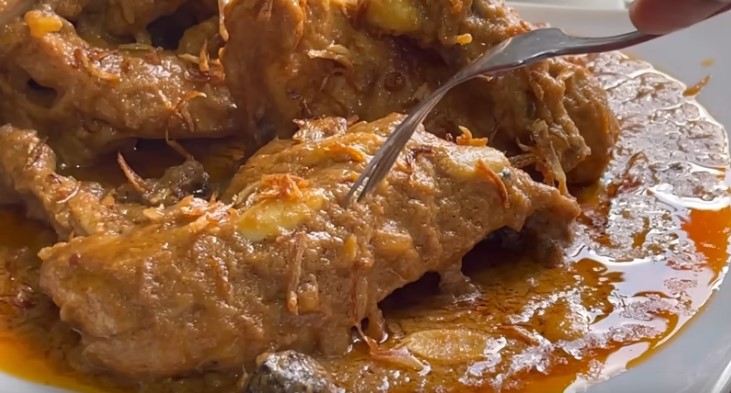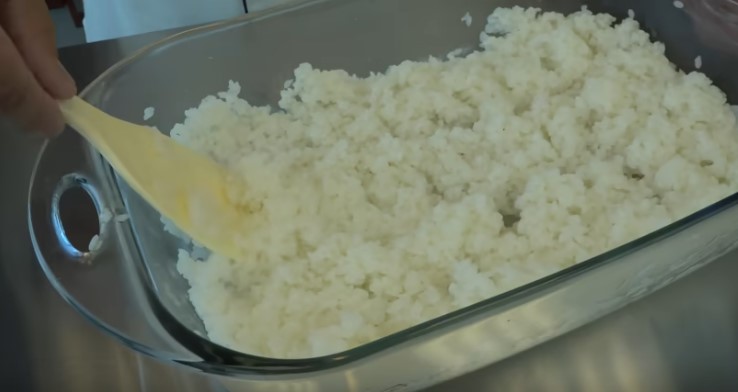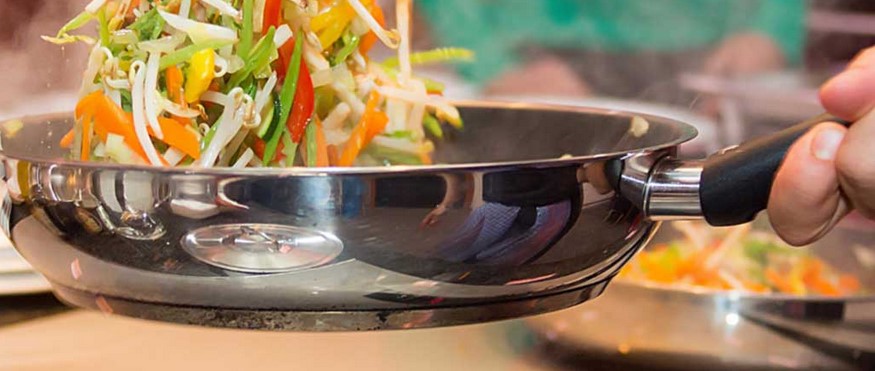If you are someone who has just begun to explore your culinary abilities, you could become perplexed by all the phrases used when attempting to learn to prepare a straightforward meal. First, you need to know the difference between roasting and baking
Because, let’s face it, no one cares about being technically accurate as long as the dish is excellent, even experienced cooks occasionally experience confusion.
Baking and roasting are two such words that cause confusion among users. Why roast a chicken but bake bread, for instance?
Contents
What is Roasting?

Whole meals including meat, veggies, and other things often roast and done so typically over an open flame. The fundamental objective of roasting is to produce a crispy, caramelized final product. Indirect heat and dry air employ to cook the food evenly.
What is Baking?
Baking often does in a confined environment. No direct heat employ although, it may do in an open area as well. The term “baked” refers to foods that lack a complete structure or elements that must mix to create a whole new meal. The ultimate result of baking should typically have a robust structure.
The Difference Between Roasting and Baking
Since you now have a rough knowledge of what these two phrases signify, let’s look more closely at how they vary.
Heat Exposure
Both roasting and baking effectively cook the meal using dry heat. Heating food directly in the heat to accomplish the roasting.
For a very long time, roasting food automatically meant cooking it near an open flame. Currently, roasting may also do in an oven. People often roast meat (pork, turkey, chicken), vegetables, and other foods.
In contrast, baking does not utilize direct heat but does use dry air to cook the food. Typically, baking is done in an oven or other enclosed heat source. While baking is often done in a covered dish, roasting may be done that way as well. Foods that people typically bake include fish, bread, cakes, etc.
Thermometer
These two distinct strategies employ temperature in very different ways. Typically, roasting carries out at a temperature of between 300 and 400 °F.
However, roasting consistently on high heat might result in overcooking some foods, such as chicken breasts. It is wise to roast on medium heat and raise the temperature every so often to achieve a good, crispy exterior.
What you eat
Food that is entire in structure typically goes into roasting. Veggies and meat are two examples. These meals are complete in themselves and don’t need to combine with anything else. They become delicious to eat when they have been roasted since it gives them a pleasant taste and caramelizes them.
Baking, on the other hand, uses a variety of components to create a cohesive whole. For instance, when you bake a cake, you combine egg, sugar, flour, baking powder, and any other liquid or powder substance to create solid food.
Similarly, when baking fish, you load it with veggies and other ingredients and bake everything together to create a single meal.
Amount of Fat
Food loses a lot of water during roasting since it directly heats. Fat contents add to the dish to prevent overcooking or, worse, burning before roasting.
This often accomplishes by evenly spreading some oil or butter all over the meal before cooking it. This gives the meal a lovely roasted exterior and prevents it from burning.
Contrarily, many baked foods do not require an additional source of fat. The interior fat helps maintain a good amount of moisture throughout baking and prevents the meal from drying out too much.
You may also read: Ideas for Meal Planning
The Last Course
There are variations in the final outcomes as well. Typically, roasting gives food an exterior shell that is beautiful and crispy and a center that is soft but not overly sensitive. When baking, a lot of components are needed to create a strong, homogenous structure, when a large number of the ancient buildings are entirely removed.
Although these are the typical distinctions, there are frequently many exceptions. For instance, baking may not necessarily do in a closed environment.
You have to rely only on the temperature settings in many ovens because they don’t even have separate roasting and baking settings. In certain cases, getting the same outcomes from baking and roasting at the same temperature (400 degrees) is possible.
Although at times the terms “baking” and “roasting” uses interchangeably and some foods can prepare both ways. Are the outcomes the same in each case? Since potatoes are one of the foods that may bake as well as roasted, let’s use them as an example better to comprehend this concept.
Peeling the skins off potatoes and roasting them over an open flame with extra seasonings and fat are the two steps involved.
In order to give potatoes a tasty flavor, baking includes placing them in an oven on their skin with salt and water. Although it would appear that they are both serving the same purpose, roasted potatoes are more calorie-dense and have a softer center than the other.
Conclusion
Knowing the fundamentals and the distinctions between roasting and baking can enable you to spice up your strategy. Knowing what method to employ for the following item provides your cuisine an edge and significantly improves the taste. Prepare your oven and ingredients, then roast or bake to your heart’s desire.

